

Māori dinner
at
Te Puia
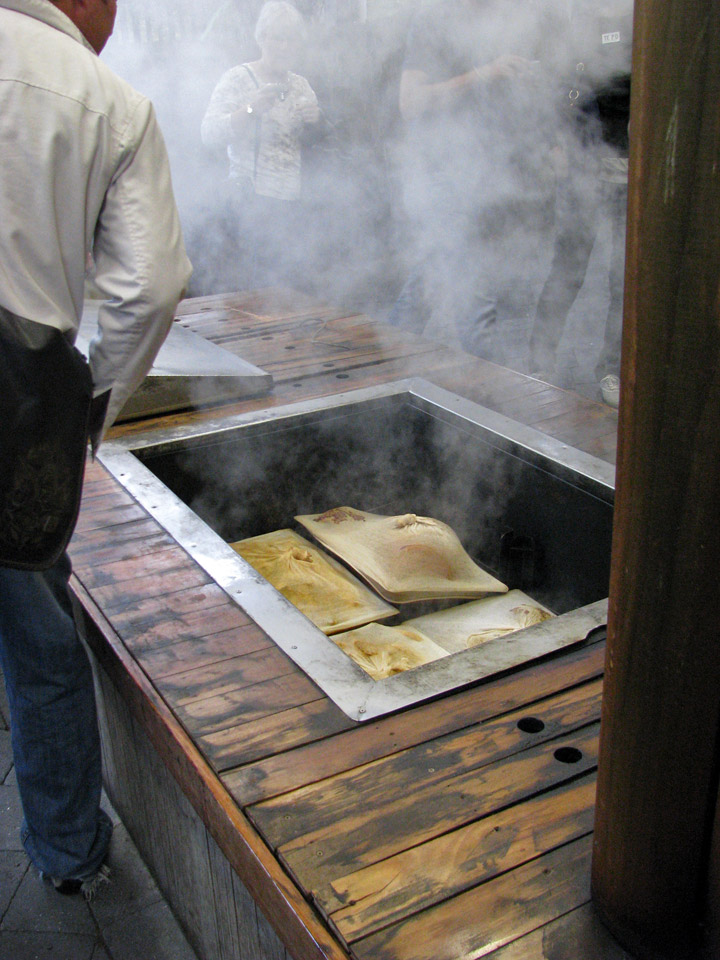
geothermal oven
Like other Polynesian peoples, Māori cooked their food in earth ovens, known in New Zealand as hangi, although the word umu was also used - as in other Pacific languages. Other cooking methods included roasting and, in geothermal areas, boiling or steaming using natural hot springs and pools. Occasionally food would be boiled in non-geothermal areas by putting hot stones into a bowl with water and the food; and some food was also cooked over the open fire. Some foods were preserved using smoke, air-drying, or layers of fat - particularly muttonbirds. Māori were one of the few peoples to have no form of alcoholic beverage.
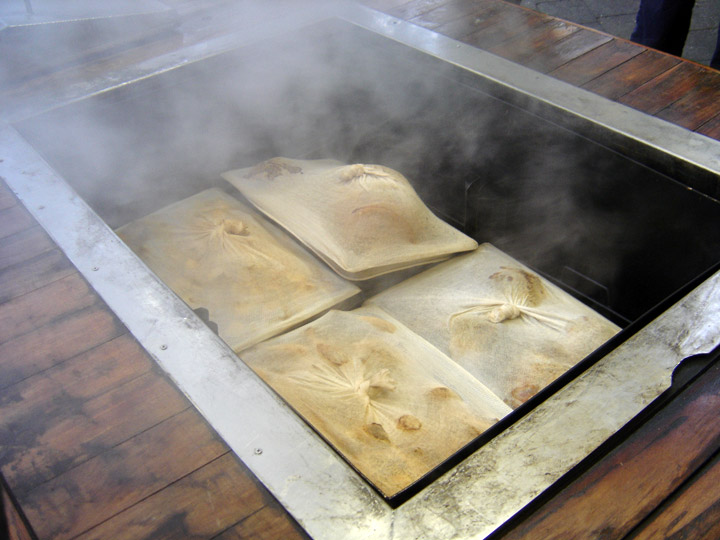
When Māori (New Zealand's indigenous people) first arrived in New Zealand from tropical Polynesia, they brought with them a number of food plants, including taro and kumara (sweet potato), and also dogs and rats, which could also be food sources. The plants did not grow as well in New Zealand's temperate climate as they did in the tropics, and would not grow at all in the colder South Island. Bananas and coconuts - which they also brought with them - would not grow even in the North Island.
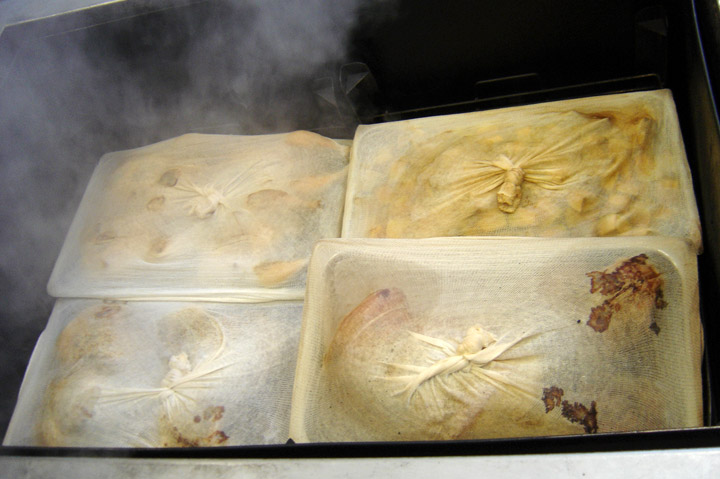
food packages
Foods such as fernroot became a more important part of the diet than in other Pacific Islands, and some native New Zealand plants were also eaten, along with insects such as the huhu grub. Problems with horticulture were made up for by an abundance of bird and marine life. Larger species, such as the moa, were eventually hunted to extinction. Rahui(resource restrictions) could be applied to ensure the survival of species. These included forbidding the hunting of certain species in particular places or at certain times of year, so that the species could regenerate.
Text from Answers.com
Murals at the Te Puia dining room
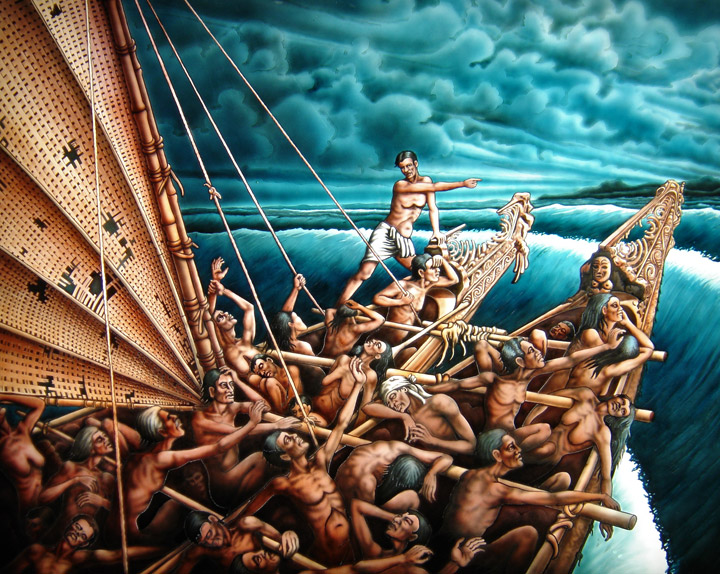
arrival
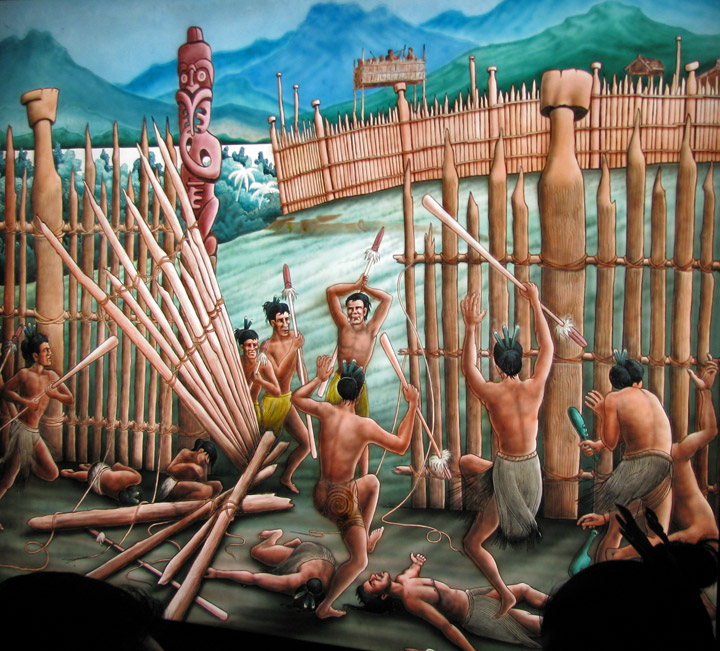
conflict
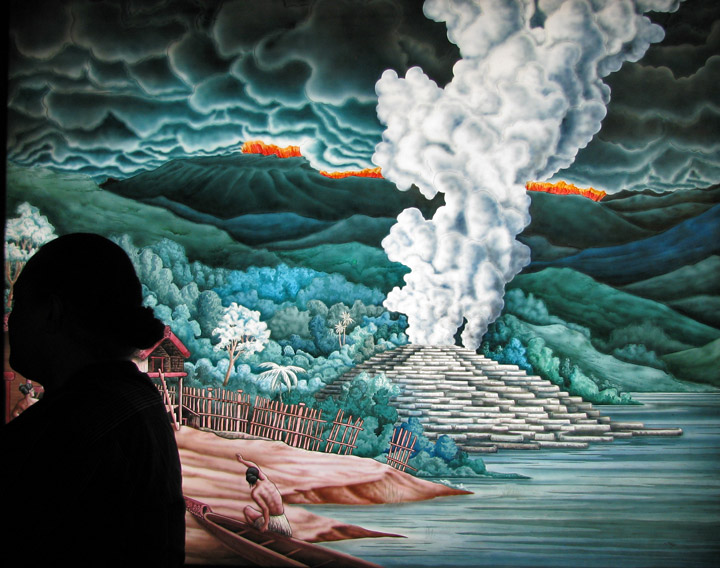
volcanic activity
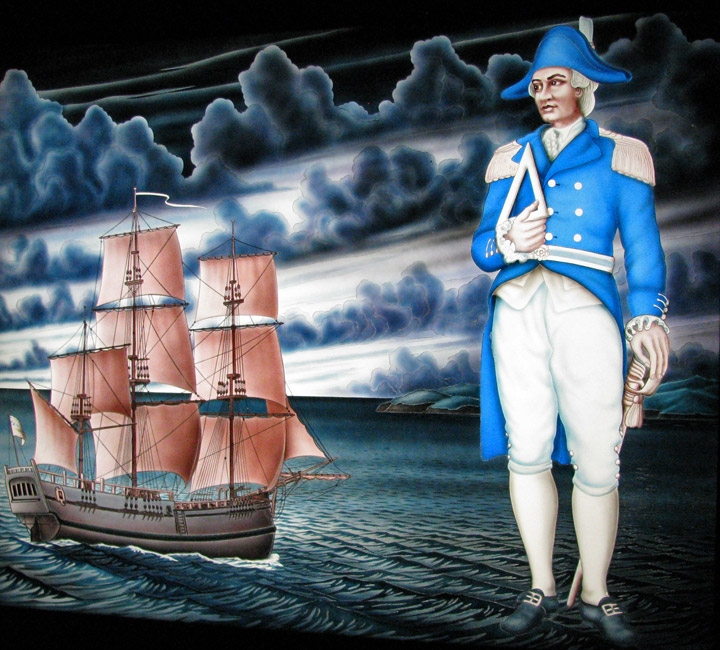
Captain Cook

treaty